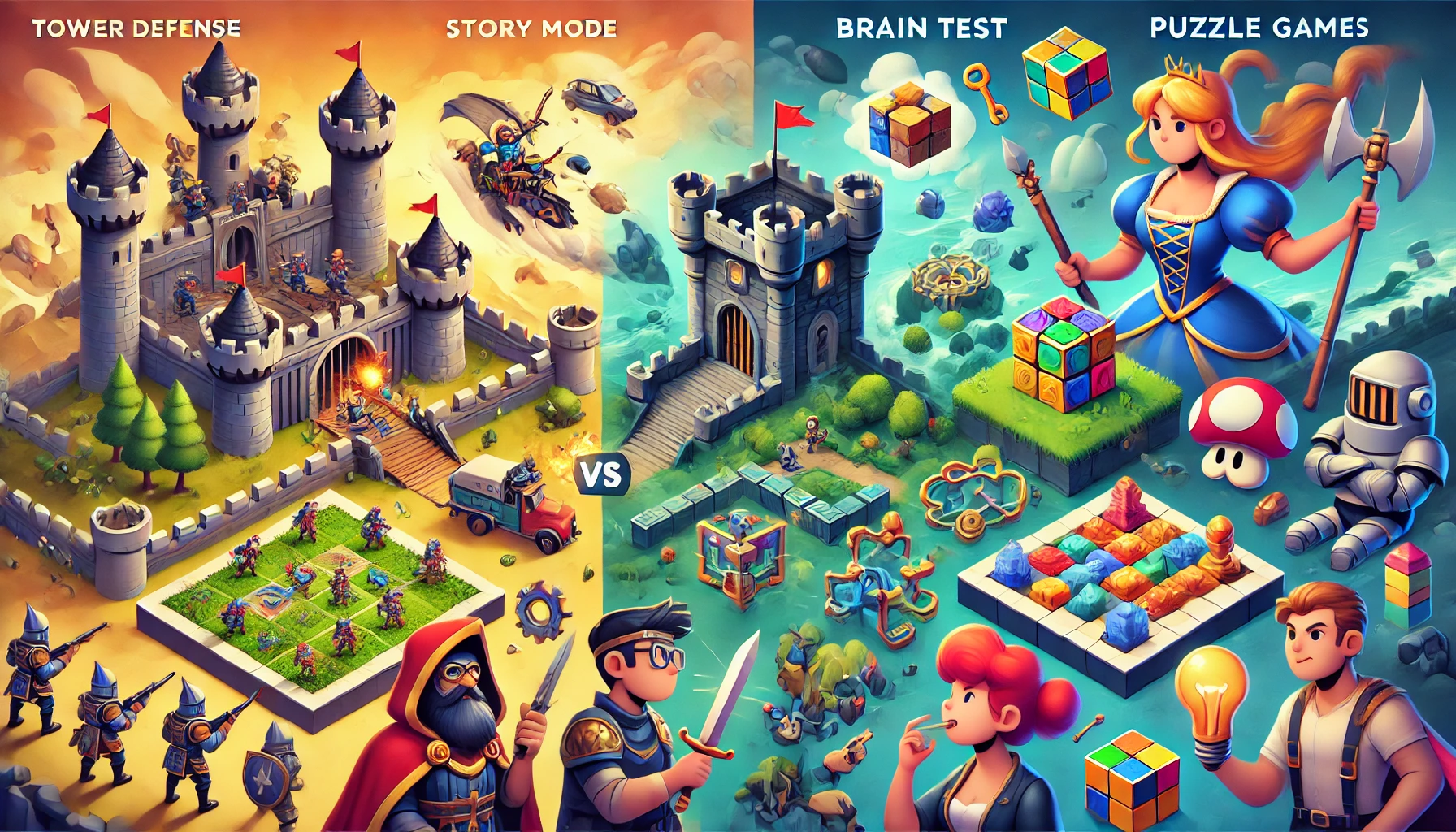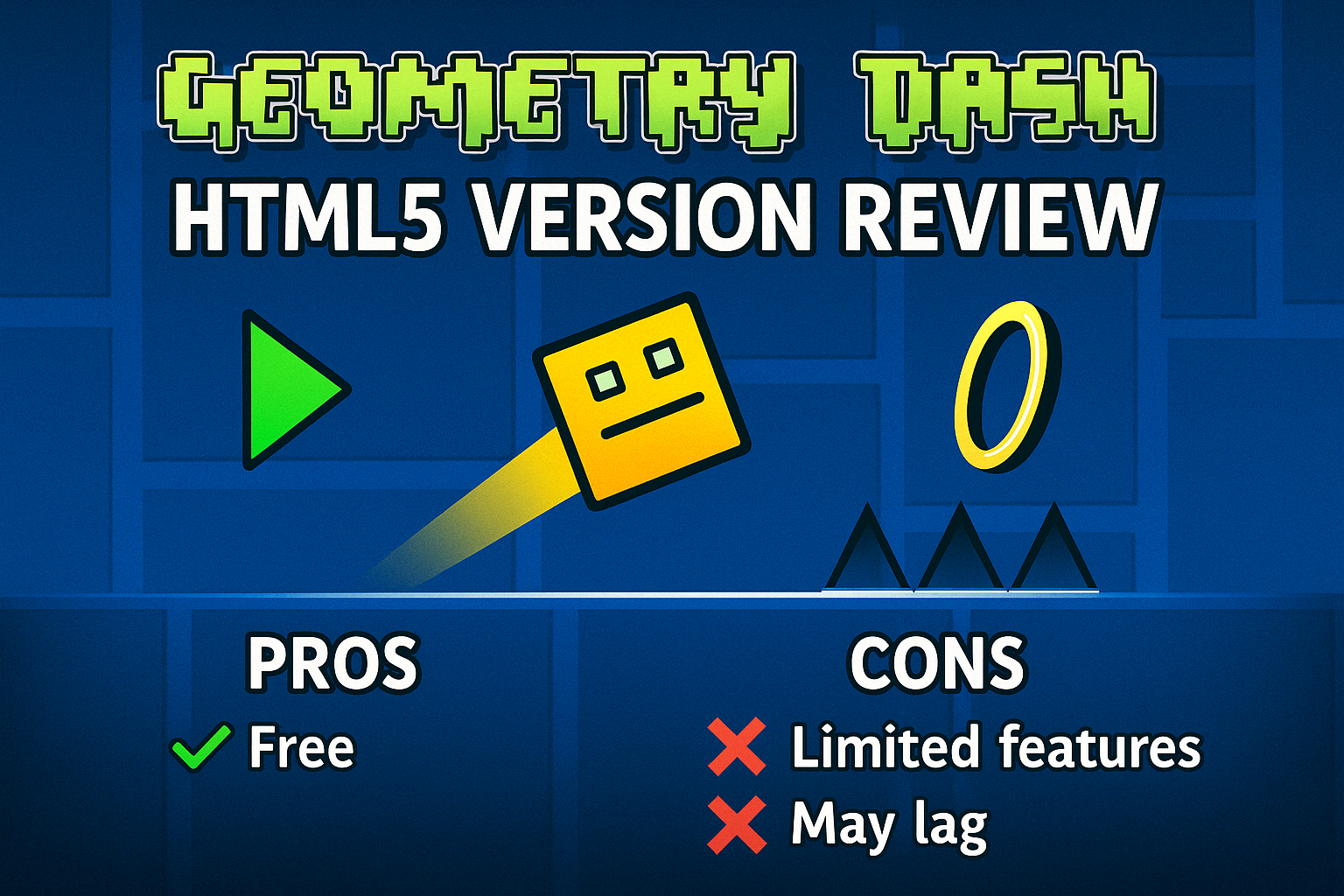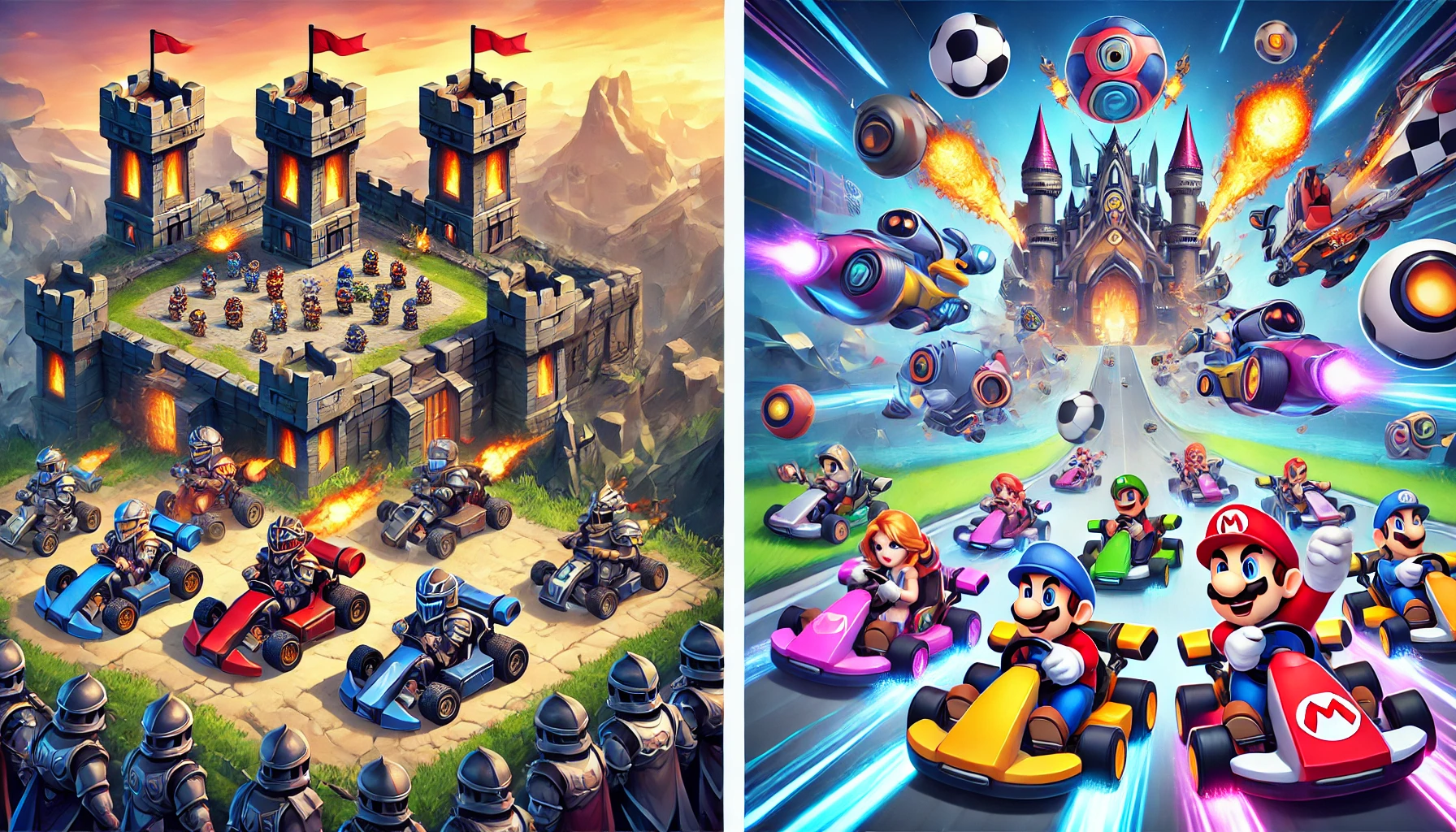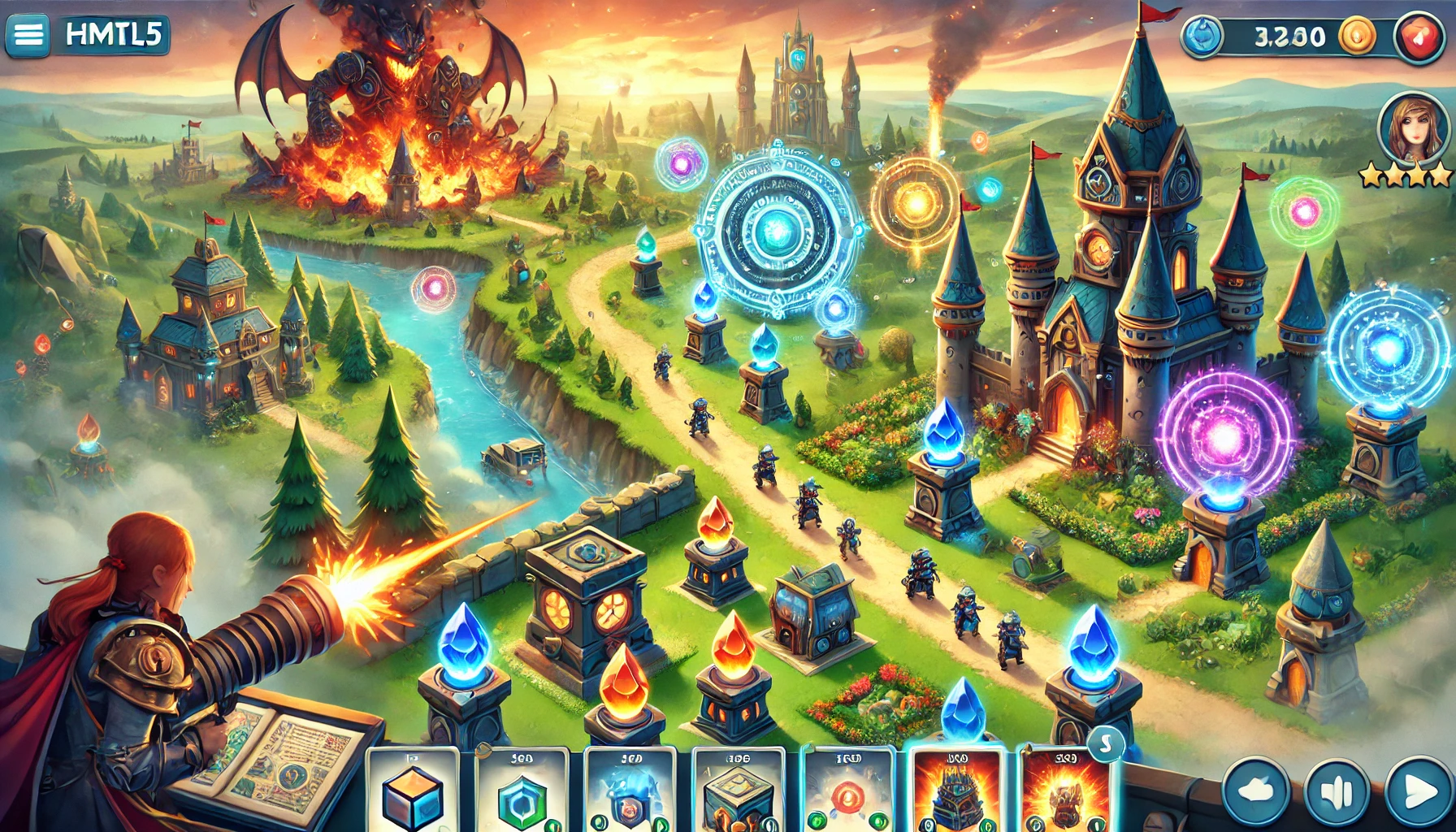Mobile gamers have selected HTML5 puzzle games because they provide simple access and universal compatibility and interesting gameplay experiences at any hardware level. Among the HTML5 puzzle games the distinctive titles stand out as Brain Test: Tricky Puzzles and Tricky Castle. The two games have similar mental challenges yet their progression methods and shapes and their approaches to problem resolution differ radically. The comparison between these two top HTML5 puzzle masterpieces will help you understand their time value.
Brain Test: A Fun and Absurd Puzzle Experience
Unico Studio developed the highly popular HTML5 puzzle game Brain Test: Tricky Puzzles for multiple platforms. The game links humorous elements to logical problems through an exciting brain teaser sequence.
Gameplay and Design
Brain Test places its main emphasis on perceiving problems through unconventional perspectives. Success requires a departure from conventional logical thinking since most of the game screens defy their expected appearance. Players must use unexpected movements and strange thought patterns to attain victories by shaking their device when needed. This game’s offbeat appearance as well as its child-like illustrations and playful style suit relaxed players of any age.
Strengths
The game system offers basic controls which allow anyone to start playing without any difficulty.
Unconventional solutions in the game appear frequently to keep players on their toes.
Regular updates add fresh levels on a continuous basis.
Weaknesses
Some logical thinkers may not enjoy the humor-based puzzles which act repetitively for them because logic systems differ from their primary preference.
Occasional obscure clues: Sometimes, the solutions feel random rather than clever.
The Adventure of Tricky Castle Features Mystifying Brain Teasers
Casual Azur Games developed Tricky Castle into a platformer-styled game that incorporates brain-teasing puzzles through its medieval theme. Your mission starts when you take on the role of a knight who must rescue a princess kidnapped by evil elements that protect her route through dangerous traps alongside secret blocked doors alongside time-dependent challenges.
Gameplay and Design
The gameplay of Tricky Castle presents itself as stage-based progression which contains rooms consisting of enigmatic puzzles and lethal obstacles. Your goals include searching for keys while operating buttons together with shaft avoidance and solving challenging dilemmas. The game uses its medieval appearance along with its fluid animations and realistic sound effects to create the impression of a small-scale adventure.
Strengths
The game merges two elements from puzzles with footwork challenges which tests your thinking abilities combined with physical reaction time.
The game provides a narrative-driven structure because it develops its story while Brain Test lacks this feature.
The designer created smart structure layouts which force players to think logically while attempting multiple times to discover the correct solutions.
Weaknesses
Patients looking for relaxed gaming will face increased difficulty in playing this game.
Product tone shifts to serious intensity thus failing to maintain fan appeal for humorous puzzle enthusiasts.
Brain Test vs. Tricky Castle: Which One Should You Play?
People choose between these two games based on their individual choices.
Select Brain Test if you want to experience amusing unconventional challenges because they will confuse and amuse you through unorthodox gameplay.
The choice of Tricky Castle brings players into an extensive experience of adventure that blends plot with logical challenges alongside basic platforming activities.
HTML5 gaming technology allows users to experience rich accessibility standards together with entertainment value and creative elements which both games demonstrate very well. These two games provide entertainment in the form of brain exercises during funny fairy tale worlds.
Final Thoughts
In this current HTML5 puzzle game evolution phase Brain Test and Tricky Castle demonstrate how players can enjoy immersive challenging gameplay using ordinary computing devices. The two games present themselves differently from one another yet share unique creative aspects and distinctive visual design elements. Test both games for yourself to determine which one stimulates your thinking the most.




